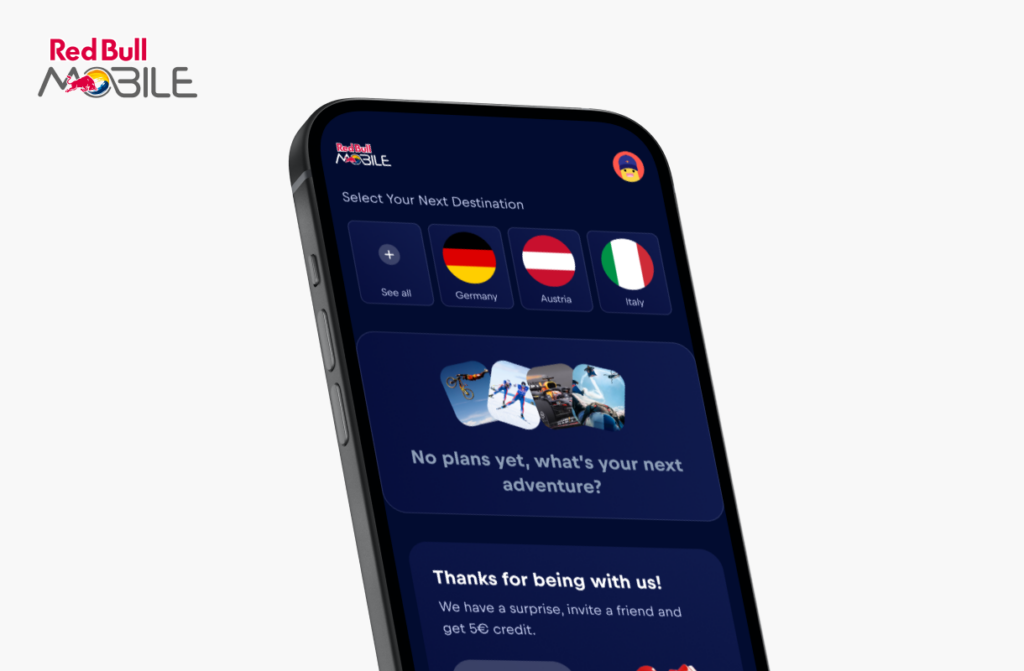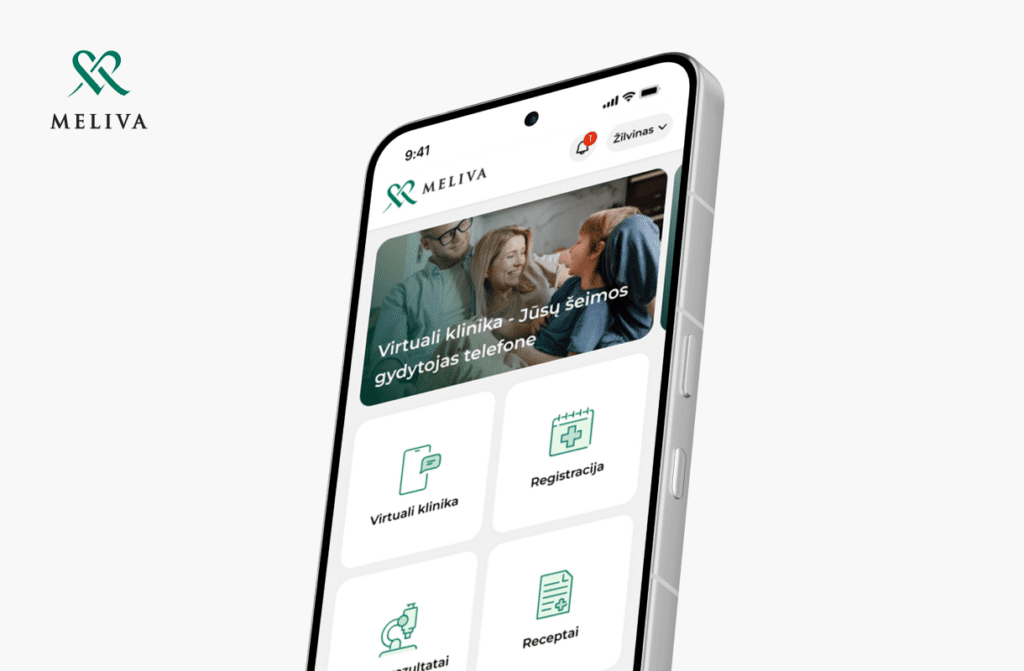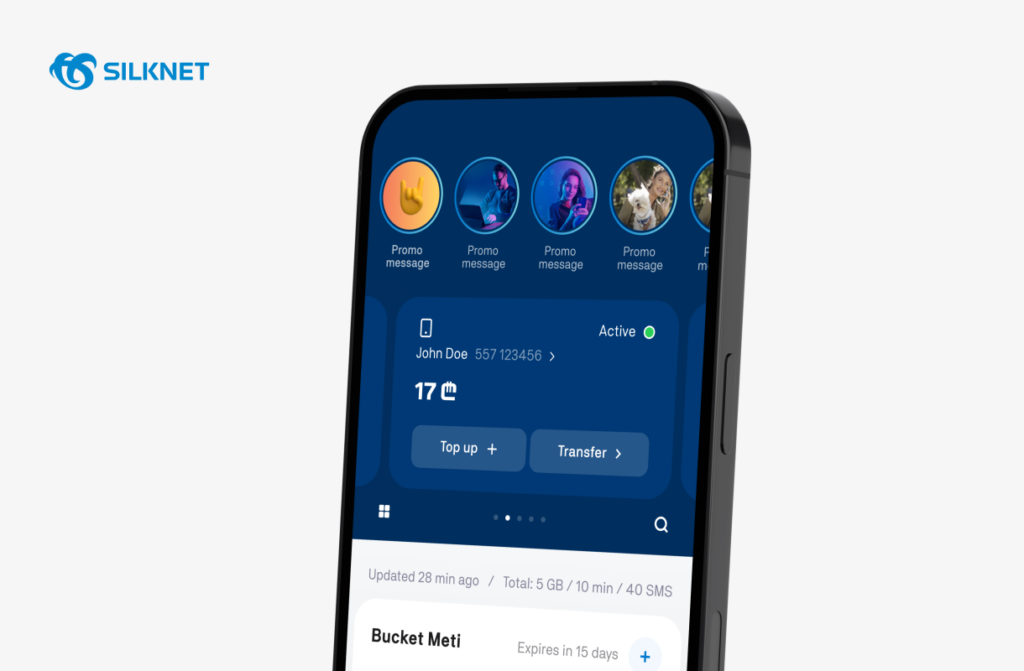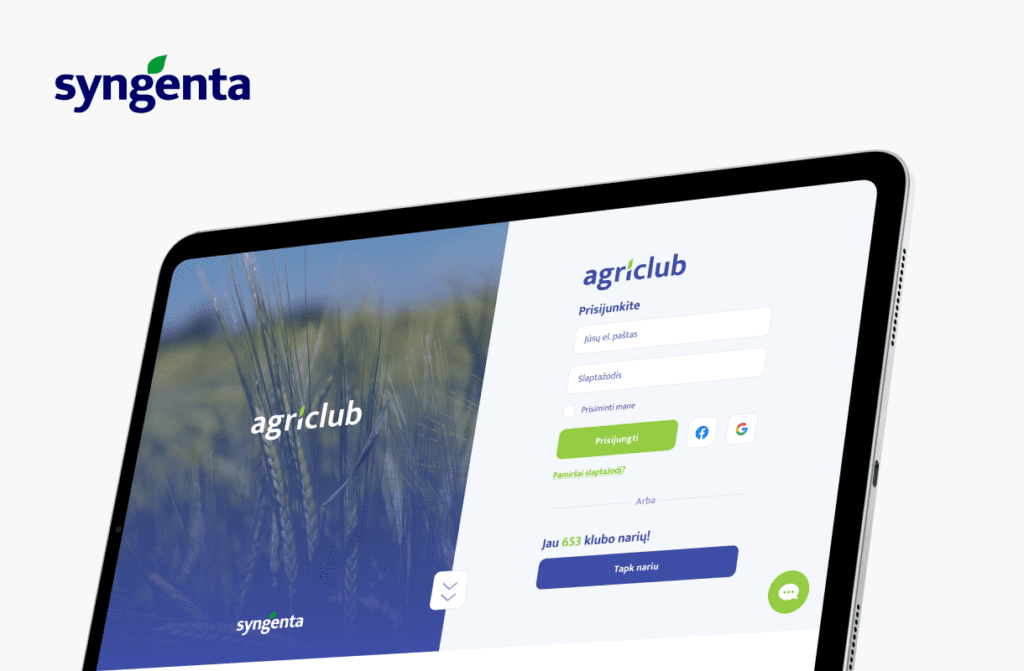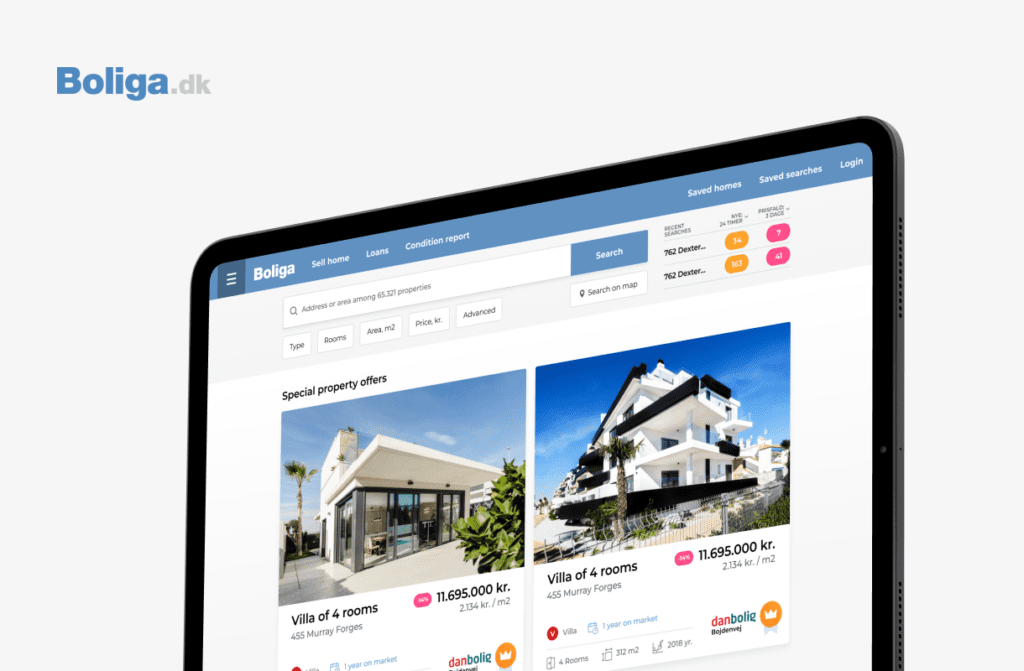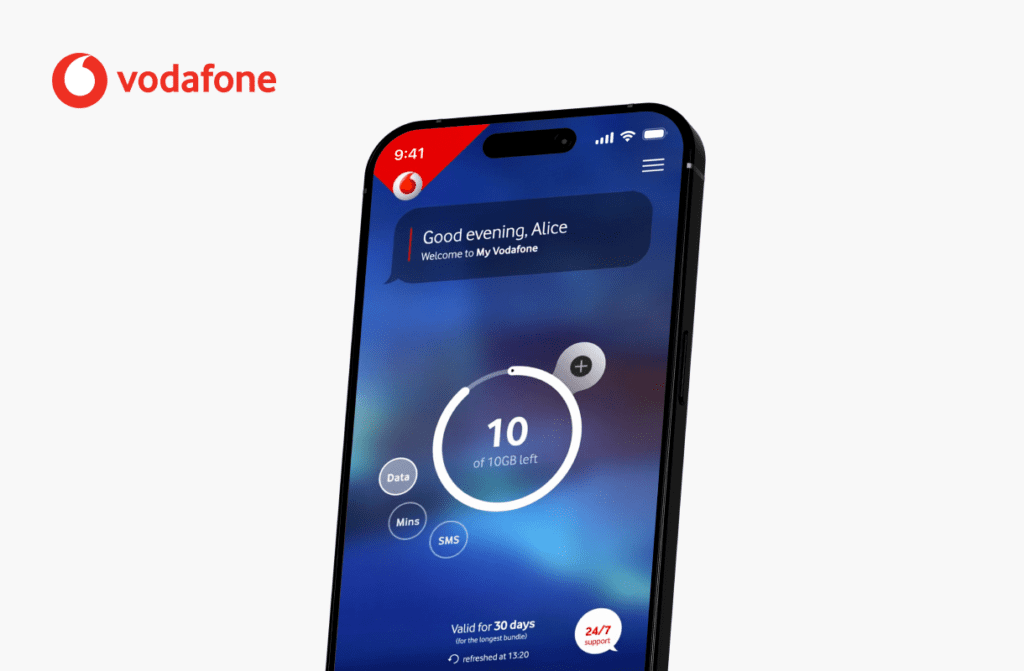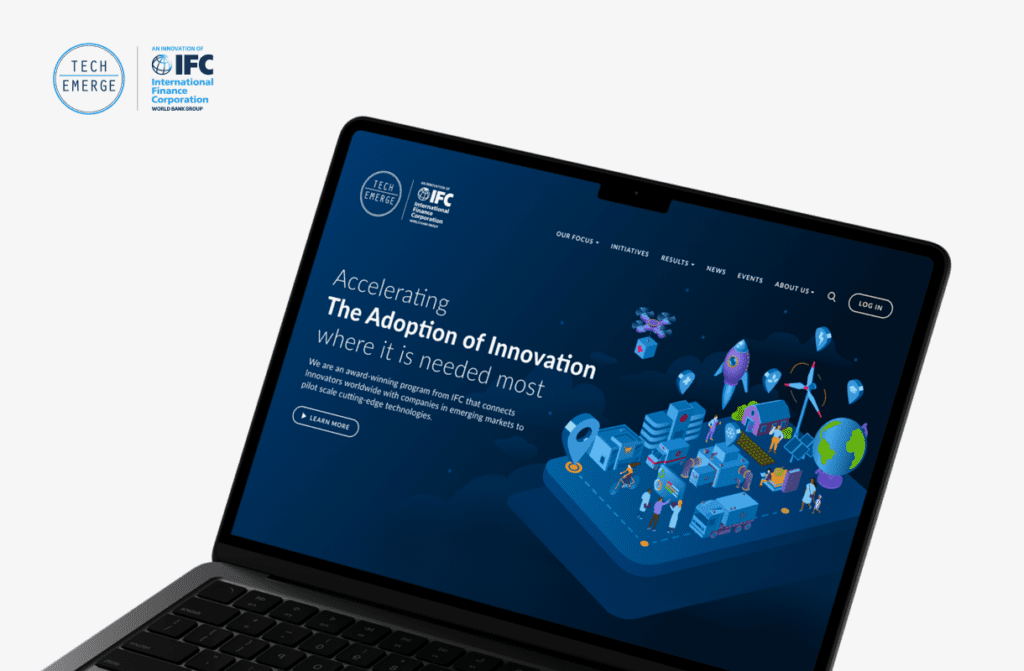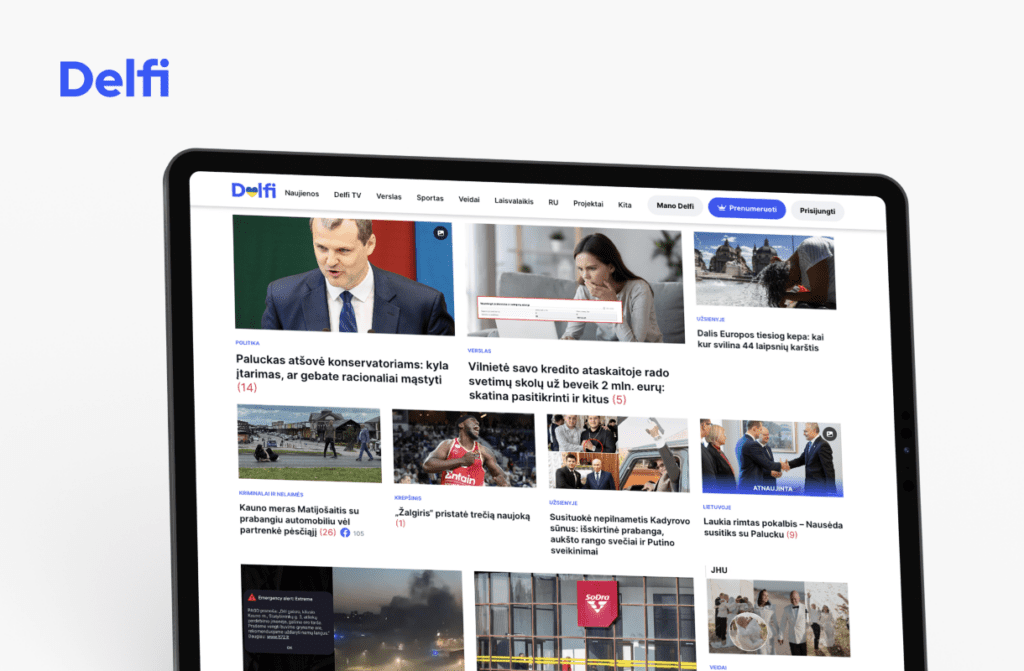Modelling Logistics Operations for the Leading Home Furnishings Retailer
Client
Large home furnishings retailerThe background:
Last year, Civitta continued its successful collaboration with a leading international home furnishing retailer by tackling a critical challenge in its global distribution operations. The project brought together two of our core areas of expertise, Private and Digital advisory, to deliver a comprehensive solution combining data-driven logistics forecasting and modern digital tool development.
The client needed to improve capacity forecasting and management across its distribution centers in response to growing volumes, while ensuring the models remained user-friendly and accessible for the entire logistics team.
Aim of the project:
Monitoring capacity in distribution centers is essential in the retail sector to avoid network overload, which can lead to supply interruptions, delayed deliveries, and reduced customer satisfaction.
To mitigate this, our Private advisory team developed a tailor-made logistics network model that visualizes both occupied and remaining capacity, leveraging historical data and forecasted sales.
In parallel, our Digital team designed the concept for a web-based tool to further enhance the user experience and model capabilities to support daily planning.


The project was carried out in four phases:
- Diagnostics & insight generation
We began with a diagnostics phase, analyzing the relationships between sales, stock levels, goods flows, and seasonality to build robust input assumptions for the forecasting model. In parallel, we compared actual performance data against previous forecasts, to identify areas where earlier assumptions had over – or underestimated demand. These insights helped improve the accuracy of the logistics forecasting tool and allowed us to pinpoint opportunities for optimization, delivering actionable recommendations on where smarter allocation could generate significant cost savings. - Forecasting model design
Building on the diagnostics phase, we developed a compact, user-friendly forecasting model tailored to the client’s needs. The model was designed to support scenario testing across various network allocation strategies. Special attention was given to balancing usability with analytical depth, ensuring that the tool remained accessible to operational teams while still enabling informed strategic decisions. - Scenario modelling
In close collaboration with the internal logistics team, we tested multiple optimization scenarios using the forecasting model. The analysis led to concrete recommendations, including the reallocation of goods from overloaded distribution centers, the expansion of capacity within existing warehouses and the investment in new facilities in high-demand regions. - Digital tool concept & planning
At the same time, our Digital team designed a scalable web-based tool to replace the existing Excel-based planning system. The tool was envisioned to provide real-time views of distribution center performance through maps, charts and data grids. It also included advanced scenario planning capabilities with internal sharing functionality, along with seamless data import and export features. This phase concluded with the delivery of detailed wireframes and a comprehensive implementation and cost plan.
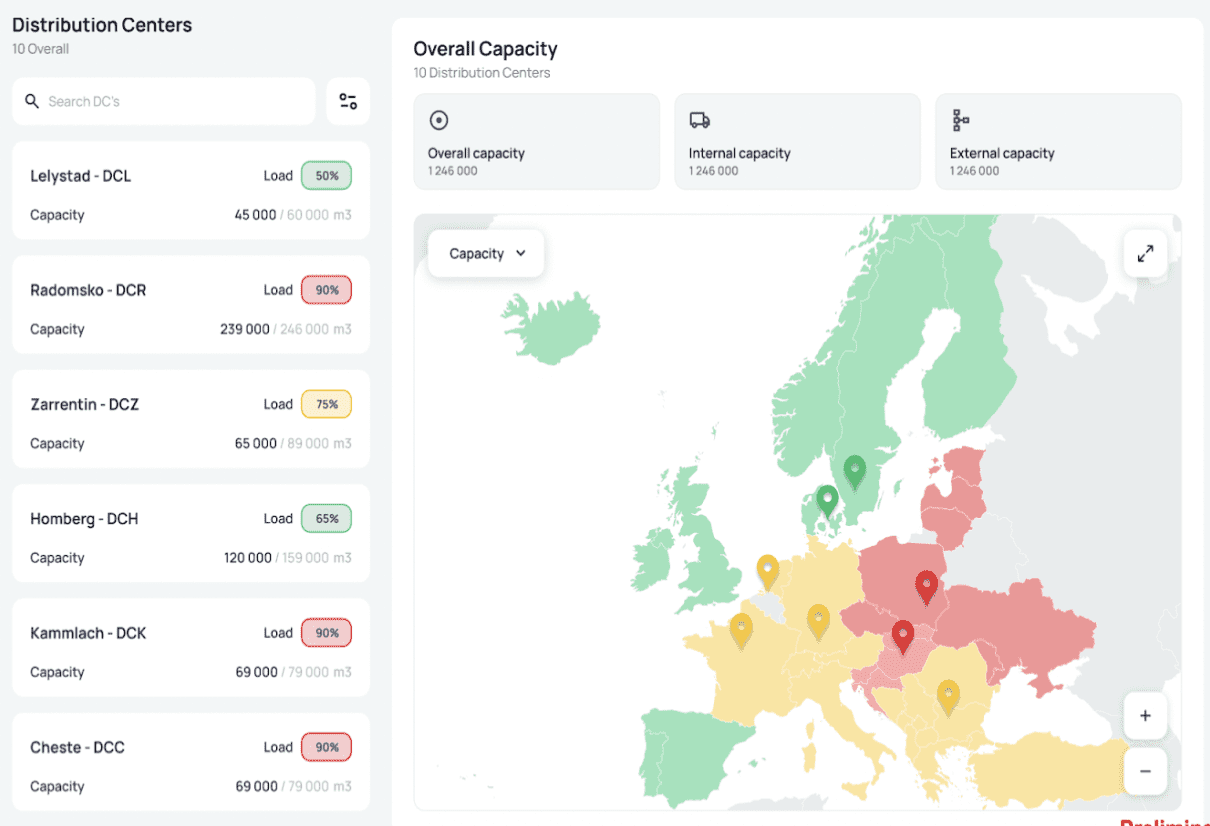
Services provided:
- Diagnosing improvements to goods flow forecasting
- Reviewing the accuracy of forecast assumptions vs. actual performance
- Designing a logistics network model structure
- Scenario modeling and goods flow optimization recommendations
- Business case validation for a digital tool
- UI/UX wireframing and feature design
- Implementation roadmap
Project result:
By combining analytical depth with digital innovation, we delivered a solution that strengthens the client’s logistics planning both strategically and operationally. The logistics network model now enables the company to stress-test growth plans and understand capacity constraints, while the planned web-based tool will support long-term scalability, collaboration, and data transparency across the logistics team.
This project showcases how our cross-team collaboration between Private and Digital Advisory can unlock practical and forward-looking solutions for complex operational challenges.


